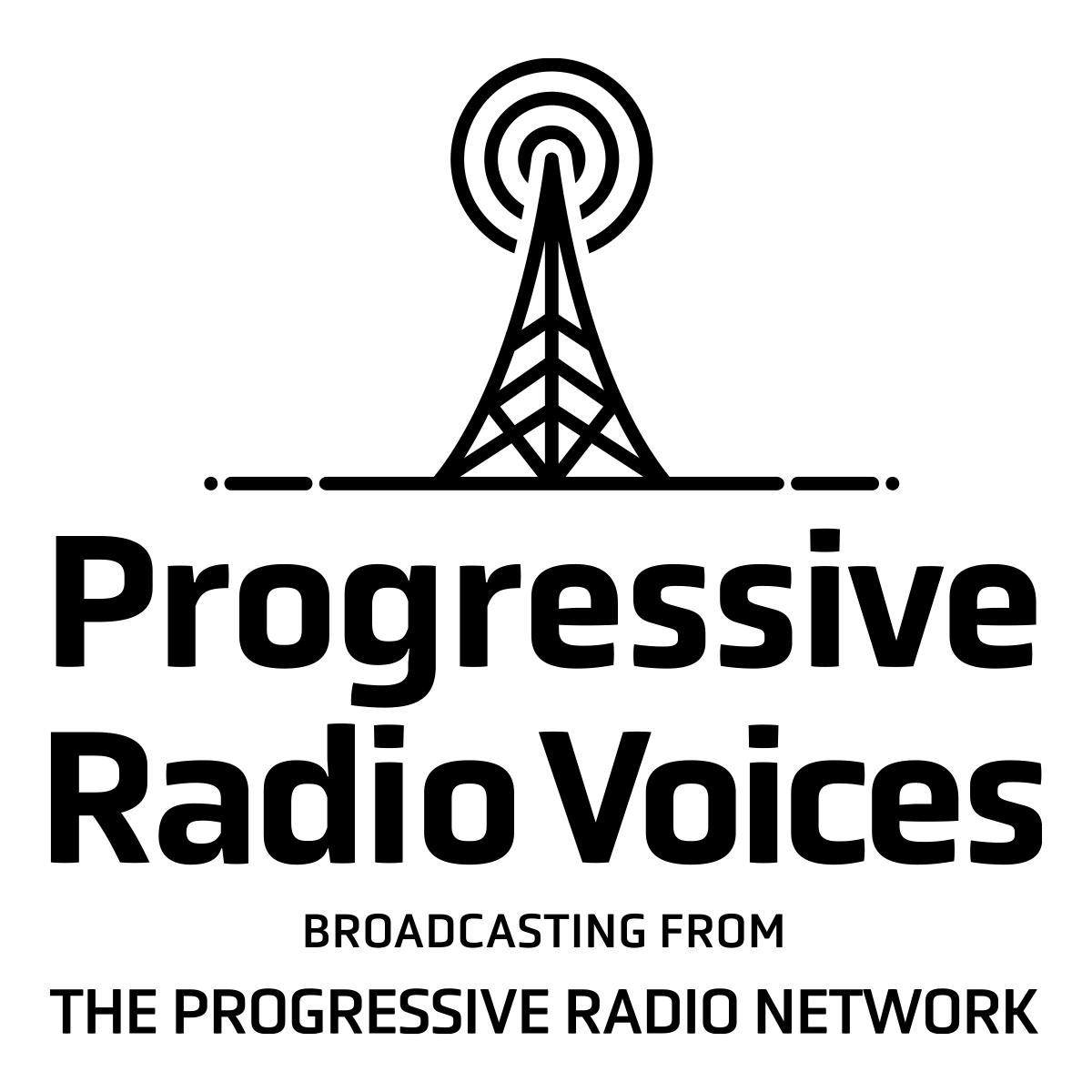As Jack Rasmus predicted last week, the initial scenario for the Brexit vote is not an immediately global financial crash. The threat is more intermediate than short term. The analogy is not Brexit as a ‘Lehman Brothers’ event, the US bank collapse that ushered in the financial crash of 2008-09, but more similar to a ‘Bear Sterns’ event, the US bank that collapsed in the US early in 2008. Brexit is a warning shot fired across the bow of the global capitalist economy, not the precipitating event for another crash. Jack explains how global investors are waiting to see what happens next before dropping the other shoe. Jack reviews the likely intermediate effects of Brexit on global markets—currencies, bond rates, stocks, real investment, deflation, productivity, bank lending, consumption, and GDP. The relative effects of Brexit on economic regions are also covered: the UK, EU, US, China, EMEs. Recession in the UK will occur first, Jack explains. Europe will stagnate further. Japan’s recession will deepen, the US will enter recession in 2017 soon after the elections. China eventually will have to devaluate its currency with severe global consequences—i.e. the effects of Brexit on financial markets and real economies is just beginning. Political instability in the UK, in both conservative and labor parties is reviewed, with splits deepening in both. What Brexit also means for growing political instability for France, Spain, Netherlands, and Italy; how Brexit is penetrating the US election campaigns, as US elites and corporate push back on both candidates. Jack warns the weak spots of global capital today are Italy’s banks and Japan, where the most likely next ‘Bear Stearns’ event will emerge. Longer term, the UK currency and London as global financial center are finished as global players.
Alternative Visions – Krugman and Neoliberal Economist Attacks on Sanders’ Programs – 03.25.16
Dr. Jack Rasmus explains how his version of a Financial Transaction Tax on stocks, bonds, derivatives, and currencies could raise far more than sufficient revenues to pay for a single payer-national health care program and still leave hundreds of billions to expand social security Medicare and other programs. In the second half of the show, Rasmus shows how a single payer system would save $1.2 trillion a year out of the current health care cost of $3 trillion today. Based on a tax study done in Europe in 2013, Rasmus shows a US financial tax of 5% on stocks & bond trades, a 1% tax on derivatives sold in the US, and 1% on non-government US currency sales raises $3.89 trillion a year, or about twice the revenues needed for a comparative single payer system. Rasmus then reviews and debunks the debates by neoliberal economists like Paul Krugman, and Clinton’s ‘gang of four’ economists, who have been attacking Sanders’ proposals for a financial tax and single payer health care. In the first half of the show, reviewing recent events in the global economy Rasmus addresses the fallout from the European Central Bank’s recent decision to expand its quantitative easing and negative interest rate programs and why they will fail; the growing default risk in the US energy junk bond markets; the preliminary agreements by Russia, Saudi Arabia and others to freeze oil prices; China’s continuing desperate moves to deal with the massive bad corporate debt problem; French retreats on introducing labor market reforms in response to mass demonstrations: the doubling in average prescription drug prices in the US: and why millennials (age 25-34) in the US now earn take home pay today in 2016 less than they did in 1984.


